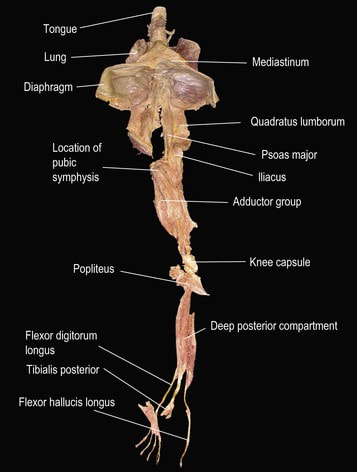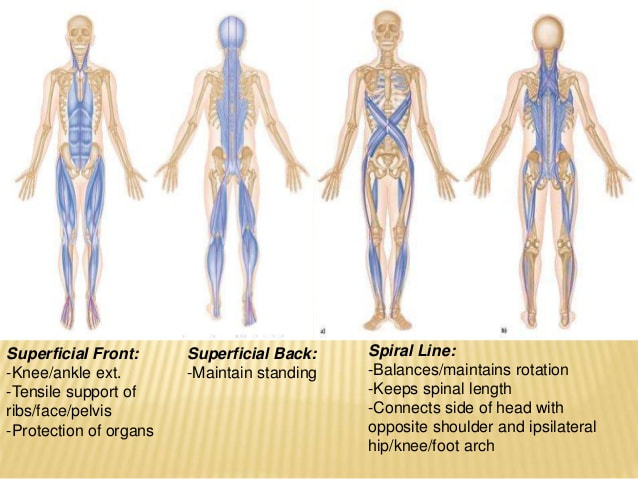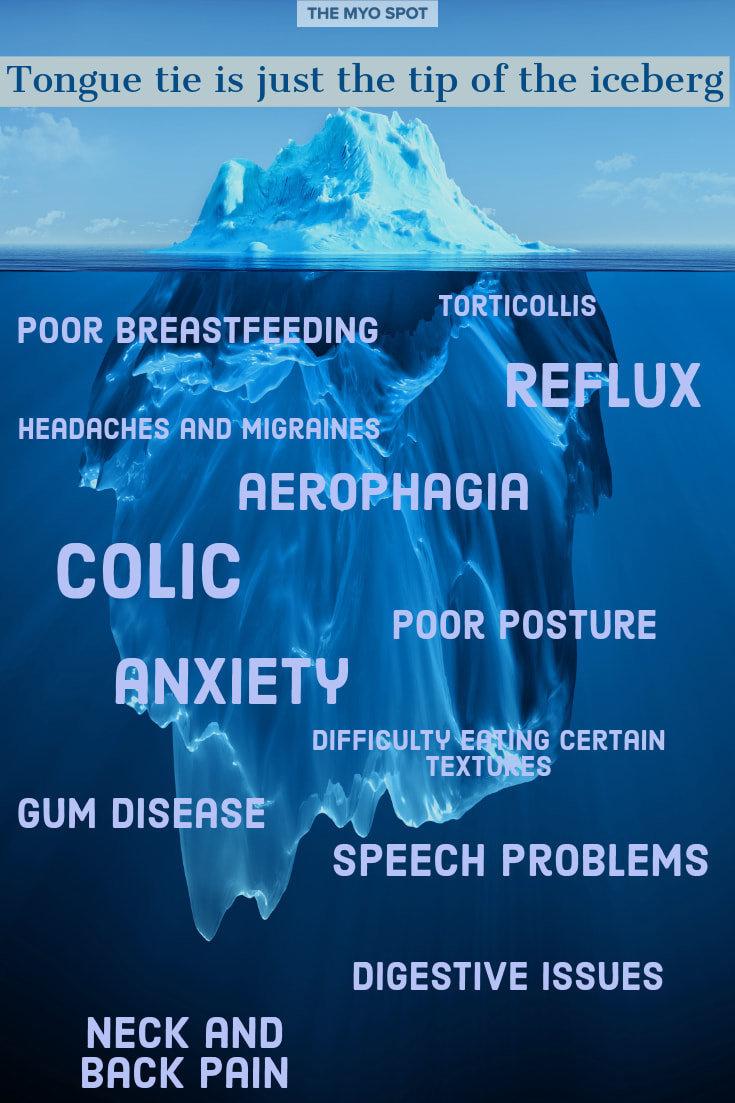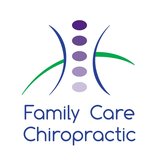The Ties That Bind
Tongue tie, or ankyloglossia (AG), is a congenital condition in which an abnormally short frenulum restricts the tongue's ability to function properly. A lip tie is an unusually tight labial frenulum, which keeps the upper lip tethered to the gum line. A buccal tie is an abnormally tight frenum in the cheeks. Typically the maxillary frena are the ones most often cause issues, but occasionally a mandibular buccal frenum can be restrictive as well.
The mouth is a window into the body

When tension exists in the mouth, we know tension is likely throughout the rest of the body. Anatomic connections from the tongue extends all the way to the big toe.
This tension can present on both sides, or on one side. One might even describe themselves as having a "problem side" where everything goes wrong.
In babies, due to the lack muscular development at birth, we may see them curl into a "C" shape to one side, hyper extend when on their tummy, or when on their back they may lay in a "banana" shape position. A torticollis presentation is also indicative of fascial tension.
As one grows, this tension can be responsible for scoliosis that occur as one goes, especially in the teen years where growth spurts are likely.
In some individuals, lower limb differences can appear such as curling or overlapping of toes, changes in the development of the foot arch, or tibial torsion and knee problems.
This tension can present on both sides, or on one side. One might even describe themselves as having a "problem side" where everything goes wrong.
In babies, due to the lack muscular development at birth, we may see them curl into a "C" shape to one side, hyper extend when on their tummy, or when on their back they may lay in a "banana" shape position. A torticollis presentation is also indicative of fascial tension.
As one grows, this tension can be responsible for scoliosis that occur as one goes, especially in the teen years where growth spurts are likely.
In some individuals, lower limb differences can appear such as curling or overlapping of toes, changes in the development of the foot arch, or tibial torsion and knee problems.
Tension stores potential energy
Energy that can do work, except it can't because the fascia restricts function and movement. This can also restrict flow of blood, cerebral spinal fluid, airflow, intestinal contents, and urinary contents. All of these are necessary for growth and development. A body with tension is a body not in ease.
Releasing tension in the body, and in the mouth creates ease. When that energy is gradually released, less energy is required, resources flow unrestricted, and babies are calmer, sleep better, grow better, and are happier.
Releasing tension in the body, and in the mouth creates ease. When that energy is gradually released, less energy is required, resources flow unrestricted, and babies are calmer, sleep better, grow better, and are happier.
No such thing as a lazy baby
Breastfeeding complications tend to be the most common reason for one to seek treatment for tongue ties. These aren't the only complications that can occur due to tethered oral tissues. Some babies may be labeled "lazy nursers" or "lazy babies," but in fact these babies are exhausted.
Exhaustion in working so hard to feed, create adaptations or inefficient connections lead to many of the side effects we see in many histories.
Exhaustion in working so hard to feed, create adaptations or inefficient connections lead to many of the side effects we see in many histories.
Not by sight alone
While an evaluation for a tongue, lip or buccal tie involves a visual assessment, a functional assessment should also include palpation of the mouth, tethers, and surrounding tissue and musculature, observation of feeding and motion of the mouth and facial movement, and assessment of latch or suck motion.
Many cranial nerves work together to operate the mouth and tongue and a function assessment evaluates these as well. Everything from how the face moves and is shaped to how one swallows is important. An assessment of the tongue position during crying and laughing, tracking, thrusting, and at rest is important. Palpation of these tissues is improtant. Babies may cry during an evaluation because they lack contect for anything other than a nipple or something to suck on entering the mouth. Working in the mouth is vital to supporting infants with tongue ties and helping them remodel tissue as they grow. Because babies grow so fast, we teach parents how to perform exercises at home.
Many cranial nerves work together to operate the mouth and tongue and a function assessment evaluates these as well. Everything from how the face moves and is shaped to how one swallows is important. An assessment of the tongue position during crying and laughing, tracking, thrusting, and at rest is important. Palpation of these tissues is improtant. Babies may cry during an evaluation because they lack contect for anything other than a nipple or something to suck on entering the mouth. Working in the mouth is vital to supporting infants with tongue ties and helping them remodel tissue as they grow. Because babies grow so fast, we teach parents how to perform exercises at home.



